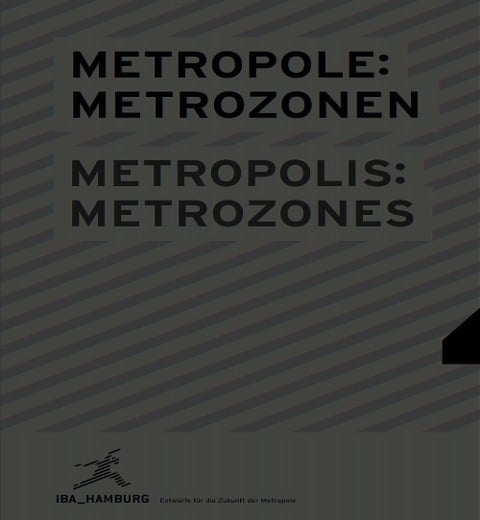
Language in the Inner City
Kurzinformation
inkl. MwSt. Versandinformationen
Artikel zZt. nicht lieferbar
Artikel zZt. nicht lieferbar

Beschreibung
Language in the Inner City firmly establishes African American Vernacular English not simply as slang but as a well-formed set of rules of pronunciation and grammar capable of conveying complex logic and reasoning and confirms the Black vernacular as a separate and independent dialect of English."Get it . . . read it . . . study it. Labov's book is a complete description of the features, issues, and instructional implications pertaining to black dialect."--Contemporary Psychology"Valuable for speech and language pathologists, school personnel, educators, language-related professionals, psychologists, and others who have any contact with inner city populations."--Journal of the American Speech and Hearing AssociationWith the recent controversy in the Oakland, California school district about Ebonics--or as it is referred to in sociolinguistic circles, African American Vernacular English or Black English Vernacular--much attention has been paid to the patterns of speech prevalent among African Americans in the inner city.In January 1997, at the height of the Ebonics debate, author and prominent sociolinguist William Labov testified before a Senate subcommittee that for most inner city African American children, the relation of sound to spelling is different, and more complicated than for speakers of other dialects. He suggested that it was time to apply this knowledge to the teaching of reading.The testimony harkened back to research contained in his groundbreaking book Language in the Inner City, originally published in 1972. In it, Labov probed the question "Does 'Black English' exist?" and emerged with an answer that was well ahead of his time, and that remains essential to our contemporary understanding of the subject.Language in the Inner City firmly establishes African American Vernacular English not simply as slang but as a well-formed set of rules of pronunciation and grammar capable of conveying complex logic and reasoning. Studying not only the normal processes of communication in the inner city but such art forms as the ritual insult and ritualized narrative, Labov confirms the Black vernacular as a separate and independent dialect of English. His analysis goes on to clarify the nature and processes of linguistic change in the context of a changing society.Perhaps even more today than two decades ago, Labov's conclusions are mandatory reading for anyone concerned with education and social change, with African American culture, and with the future of race relations in this country.William Labov is Professor of Linguistics at the University of Pennsylvania and the author of Sociolinguistic Patterns, also published by the University of Pennsylvania Press. von Labov, William
Produktdetails

So garantieren wir Dir zu jeder Zeit Premiumqualität.
Über den Autor
William Labov is Professor of Linguistics at the University of Pennsylvania and the author of Sociolinguistic Patterns, also published by the University of Pennsylvania Press.

- paperback
- 446 Seiten
- Erschienen 1996
- Cambridge University Press

- audioCD -
- Erschienen 1999
- Rizzoli - RCS Libri

- Hardcover
- 224 Seiten
- Erschienen 2003
- wbg Academic in Herder

- Klappenbroschur
- 140 Seiten
- Erschienen 2021
- Matthes & Seitz Berlin

- Kartoniert
- 184 Seiten
- Erschienen 2014
- Pearson Longman

- Taschenbuch
- 190 Seiten
- Erschienen 2014
- Three Rooms Press

- Kartoniert
- 228 Seiten
- Erschienen 2021
- Wallstein

- Kartoniert
- 247 Seiten
- Erschienen 2022
- Verbrecher




 bestellen
bestellen






























